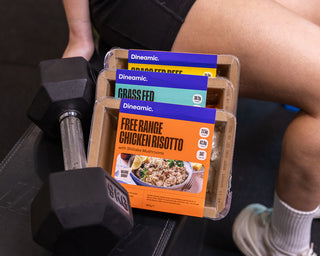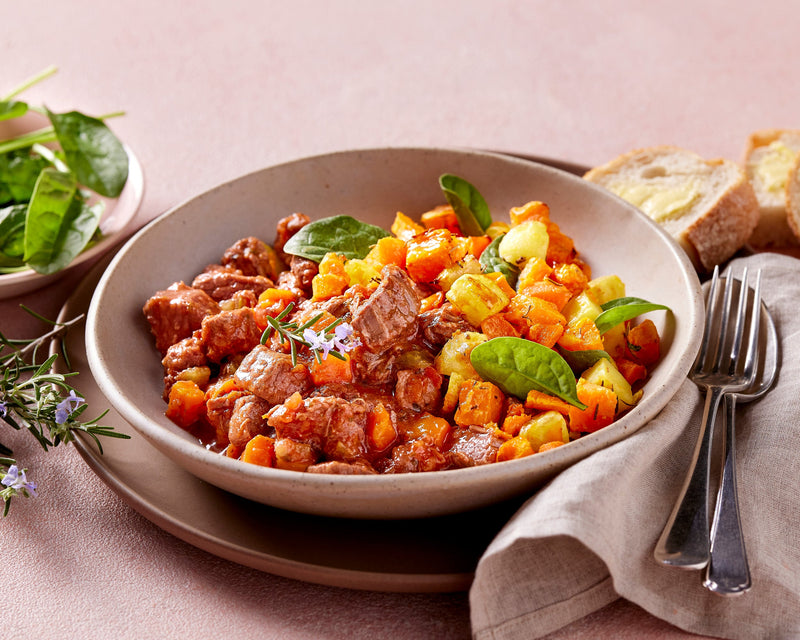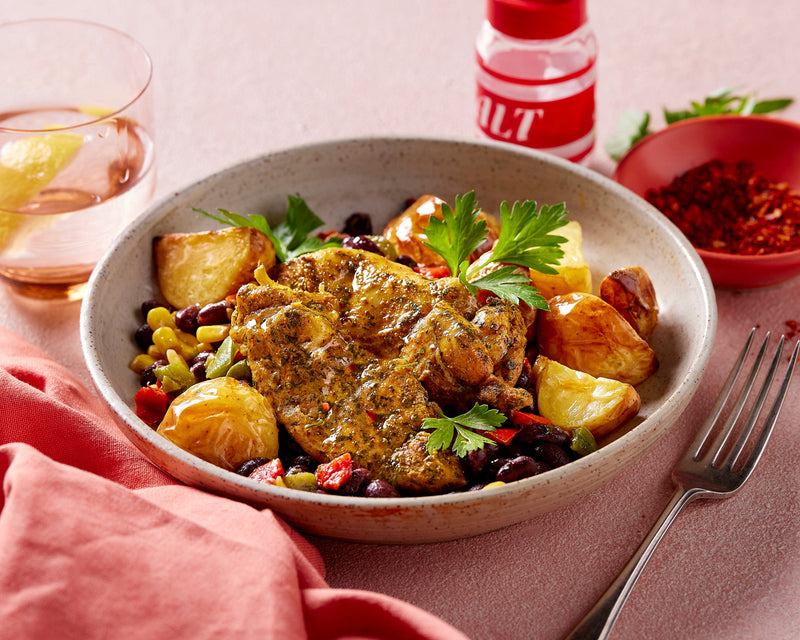
As the mercury rises, so does our need to stay hydrated. Water is essential for life and plays a large role in pretty much everything in our body from lubricating joints, digestive function, absorbing and transporting nutrients, right through to regulating temperature. It’s no surprise then that even mild dehydration can compromise our physical and mental wellbeing making you feel less than average.
Let’s dive in and look at what happens when we’re dehydrated and tips and tricks to beat the thirst.
WHAT HAPPENS WHEN WE’RE DEHYDRATED?
Our bodies are constantly excreting water through every breath, sweat, and bowel movement. When we experience 2% loss of body water this is considered a state of ‘dehydration’, once we exceed this we reach ‘hypohydration’ (i.e. large volume body fluid loss due to heat, exercise or illness).
Here are a few possible outcomes if we don’t get enough water (aside from thirst).
- Temperature Control: During exercise, in hot climates or simply through our choice of clothing, we sweat. If sweat loss is not compensated with fluid intake, our bodies go into a state of ‘hypohydration’ – this increases core body temperature, delays sweat onset and reduces skin blood flow.
- Physical performance: whether you’re an everyday person or an elite athlete, we suffer from poorer performance at 2% water loss. This is often characterised with fatigue, lack of motivation and increased perceived effort. Studies in athletes often find there is a highest risk of dehydration during the beginning of the season due to lack of adjustment to weather conditions and increased exercise levels.
- Cognitive performance: That 3pm slump may likely be caused to dehydration, as often times mild dehydration can lead to reduced concentration, headaches, tiredness and disrupted moods.
Other consequences of dehydration also affect the gastrointestinal system (think constipation) and in more extreme cases, disrupted kidney function.
Many factors can contribute to dehydration aside from a lack of fluids, these include; a poor thirst mechanism often experienced in the ageing population, consumption of diuretics such as alcohol, strenuous exercise, certain medications and environmental factors. Good news is, reintroduction of fluids under most conditions reverse dehydration-induced physical and cognitive deficits.
THE MAGIC NUMBER
8 cups of water have often been touted as the magic recommendation for water intake. However as Dineamic’s Head Dietitian, Karen Inge, mentions is her previous post, our requirements vary from person to person so there is no definitive number to assure hydration. Depending on your sex, your environment (temperature, altitude and humidity), age, physical activity and other physiological factors, your magic number changes. The National Health and Medical Research Council suggests an adequate intake amount of 2.6L per day for adult men (10 cups) and 2.1L per day for adult women (8 cups). So if in doubt, work to those numbers.
TIPS TO KEEP HYDRATED:
- Keep it within reach – you’re more likely to drink if its easily accessible. Keep a bottle at your desk, by your bedside table or in your handbag. Investing in a reusable drink bottle also helps kick start this healthy habit.
- Set reminders – Whether it’s a post-it note on your computer screen in big bold capital letters or a simple alarm on your mobile, this works a treat to nudge you to rehydrate. If you need more of a conscious reminder try Plant Nanny, an app that makes users drink water in order to keep their cute plant alive.
- Infuse it! – if you’re not a big fan of the taste of water try changing it up by infusing it with fruit and herbs. We love strawberry and mint, cucumber and lemon and ginger - simply throw it in or freeze some in ice cubes and top with water for a cool & refreshing drink.
- Eat it – Solid foods account for about 20% of our total water intake (1), watermelon, lettuce, celery and strawberries are just some of the foods that contain 90 – 99% water content (2).
- Water is best but – juice, milk, smoothies, coffee and tea can also count towards your fluid tally. Despite what you may have read, the diuretic effect of coffee and tea is only minor and is offset with the fluid content of the beverage resulting in a positive net effect on hydration.
Brb, we’re off to fill up our drink bottles now! Thinking strawberry & mint infused today.
References:
- Australian Bureau of Statistics: Department of Health and Aged Care; National Nutrition Survey. Nutrient intakes and physical measurements. Australia, 1995. Canberra: Australian Bureau of Statistics, 1998.
- Altman P. Blood and Other Body Fluids. Washington DC: Federation of American Societies for Experimental Biology; 1961.
For more info: https://www.nrv.gov.au/nutrients/water










